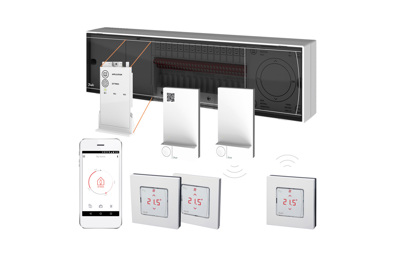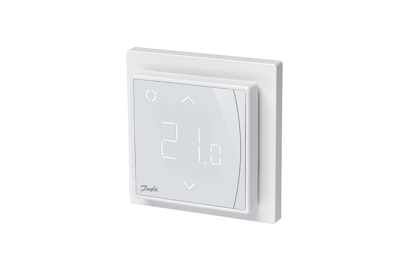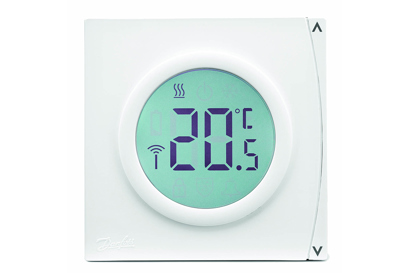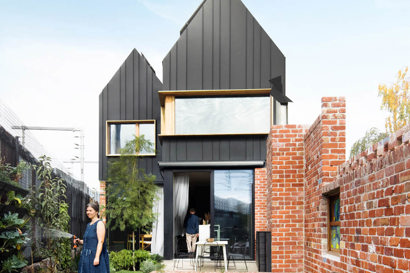
Is your heating bill eating away at your budget?
From simple or more advanced upgrades to smarter heating of your home, Danfoss products and solutions can help you take control of your heat consumption—whatever your heating bill is up against.
Below, you can find an overview of what we believe will be useful to you as a homeowner, so you can get the best heating solutions for your entire household.

Save energy with Danfoss Heating Solutions
We have collected tips on how to save energy. Before choosing which is the right heating solution for your home, a good-to-know fact is that in Europe heating costs, represent a large part of the annual spend on energy consumption. In some countries up to 70% of the total spend. The remaining 30% is consumed for hot water in homes.
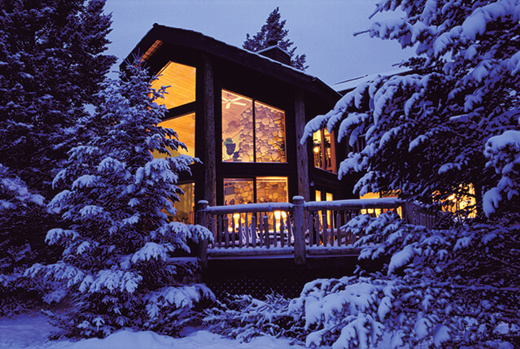
Winter preparations: Get warm and save energy in the cold season
Our heating systems have also had a summer vacation but as it slowly gets colder we need to take the first steps to ensure we are ready for winter. Get warm, increase your comfort and save energy!
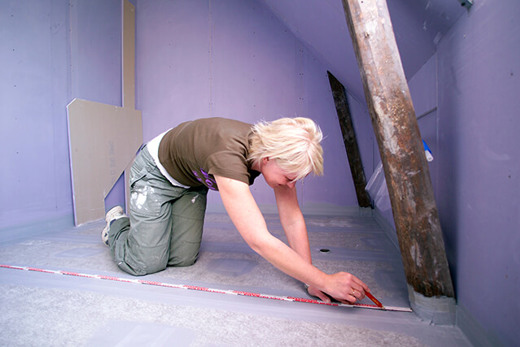
5 reasons for renovating your heating installation
Renovating your home can be costly and time consuming. But by renovating your heating installation you often have very short pay back time as the investments is rather low but with high energy savings.

Smart home heating – even smarter
Danfoss Ally™ gives you full control of your radiator and hydronic floor heating as well as your heating bill.
From virtually anywhere and at any time whether you’re at home or on the go and you can even control your heating with your voice!

